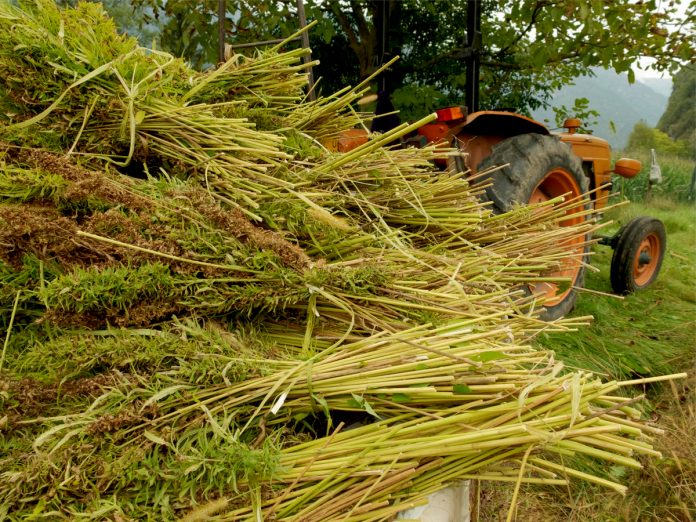They say it grows like a weed, and according to the chief executive officer of Denver-based Physical Commodities Exchange (PanXchange), the over-the-counter exchange that sets the price for hemp, there is a huge surplus.
The surplus is significant enough to have dropped the per pound price from $40 in July 2019, to around $10, currently.
“It’s a completely natural step in market maturation,” said PanXchange founder and Chief Executive Officer Julie Lerner during an interview for a segment of Yahoo Finance’s online show, “On the Move” titled What the Hemp Industry Could Look like in 2020.
“Everyone is seeing dollar signs, everyone that’s rushing into this market, trying to capture it. We just learned in our December report; we tried to quantify, what is demand for CBD products, and it’s a lot smaller than people think.” Lerner said.
She went on to point out, though pundits have predicted the CBD industry will blossom to $20 billion in revenue within three years, that currently, CBD products are already widely available and new products are being developed at a rapid pace. However, Lerner said, each product contains only a small amount of CBD extract.
“The reality is this,” Lerner told the “On the Move” panel. “A tincture, one ounce, on the shelf, a typical product, contains maybe 500 to 1,500 milligrams of CBD,” which she explained requires a “minuscule” amount of raw hemp for production.
As an example, Lerner described in a PanXchange study of public financial records from leading CBD company Charlotte’s Web, the company was able to generate $95 million in revenue from the amount of hemp that could be grown in five acres.
According to a report by the U.S. Department of Agriculture (USDA), the amount of acreage being used for hemp cultivation in the U.S. quadrupled between 2018 and 2019, sitting now at more than 128,000 acres. The rapid increase in acreage is due, in part, to speculation by farmers who are expecting to supply the emerging CBD product market, which shows the signs of a booming market.
“It’s what a gold rush looks like in the 2020s,” Lerner said.
Regulatory obstacles to hemp were also discussed. Hemp industry members had been working with the USDA, she said, to arrive at final rules for the U.S. Domestic Hemp Production Program. Issues raised by Lerner included a fifteen-day period post-harvest, in which growers would be required to test hemp crops. She said fifteen days would be a very narrow window for most growers to fit through, from harvest to testing. Also, USDA rules would require testing of hemp crops to be performed by a Drug Enforcement Administration (DEA)-certified lab and Lerner said this could create a bottleneck for testing, which would result in delays for growers and disrupt supply chains.
The deadline for the public commentary period on proposed USDA hemp regulation was today; the period was extended for a month after a request the National Association of States Departments of Agriculture, as earlier reported by CBD Today.












